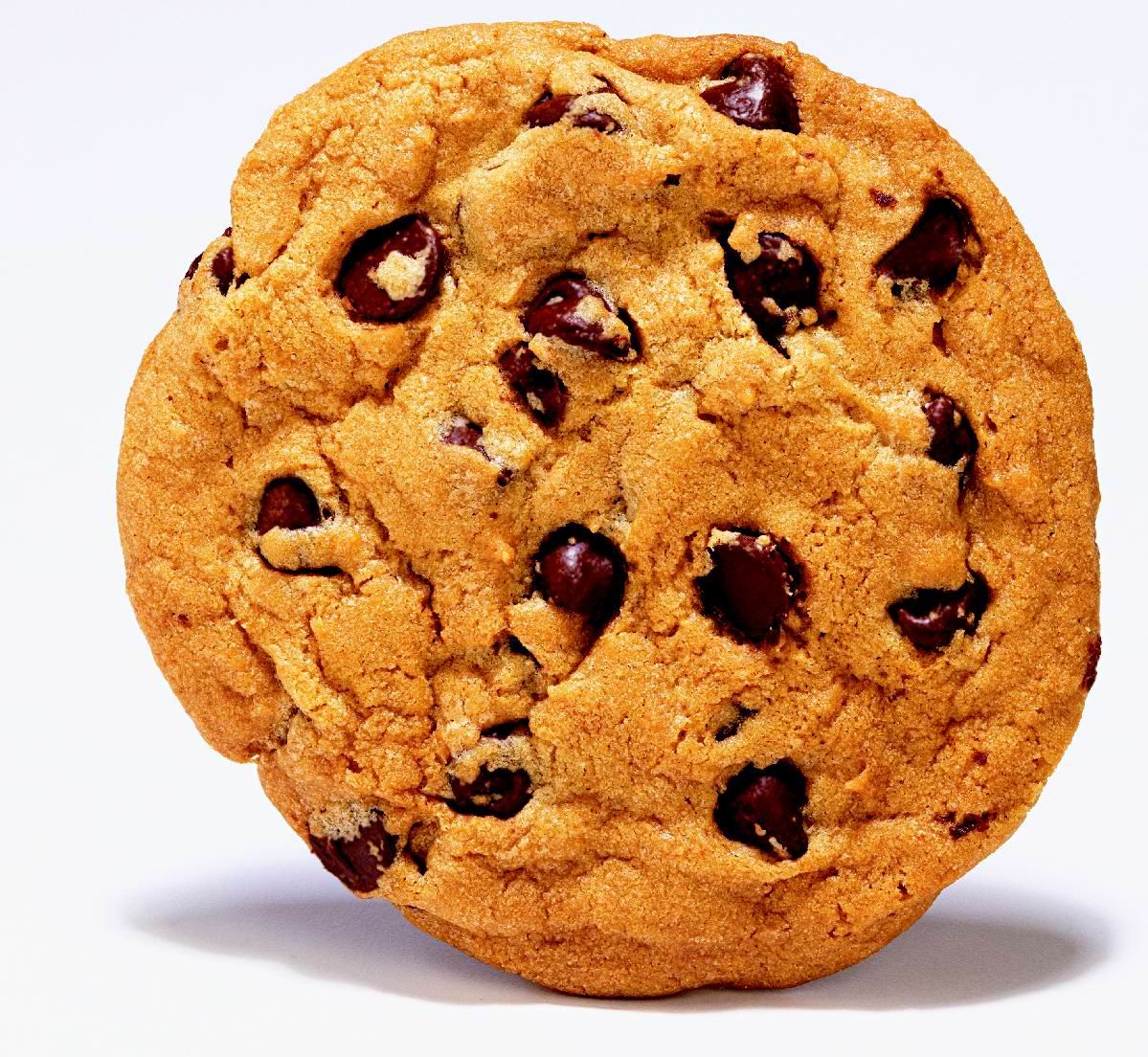Each different tRNA molecule has a unique shape and chemical composition that is recognised by a specific tRNA-activating enzyme. Each amino acid has its own tRNA with a unique anti-codon.
The amino acid is bound to the tRNA in a two step process catalysed by its own tRNA-activating enzyme
- The amino acid will react will ATP and become activated. The ATP lose its energy in this process
- The activated amino acid will then bind to the acceptor stem of its own tRNA
7.4.2 Outline the structure of ribosome, including protein and RNA composition, large and small subunits, three tRNA binding sites and mRNA binding sites
All ribosomes are made of protein and ribosomal RNA (rRNA). The nucleolus contains (many copies of) the information on how to make rRNA. Ribosomes consists of two subunits, a small and a large unit.
The smaller subunit is made of one molecule of rRNA and some proteins, the larger subunit is made of two molecules of rRNA and some proteins, including the enzyme peptidyl transferase which links together the amino acids brought in by tRNA. The smaller subunit has the binding site for mRNA, the larger subunit has the binding sites (known as the A, P and E sites) for tRNA.
7.4.3 State that translation consists of initiation, elongation, translocation and termination
Translation occurs in four main steps
- Initiation involves the assembly of an active ribosomal complex
- Elongation involves new amino acids brought to the ribosome according to the codon sequence
- Translocation involves amino acids translocated to a growing polypeptide chain
- Termination involves a "stop" codon, when the translation ends and the polypeptide is released.
7.4.4 State that translation occurs in a 5' - 3' direction
The start codon (AUG) is located at the 5' end of the mRNA sequence and the ribosome moves along it in the 3' direction. Therefore, the translation process occurs in the 5' - 3' direction.
7.4.5 Draw and label a diagram showing the structure of a peptide bond between two amino acids
This is how you draw the link between two protein. It is important to put the R group to show there could be a variety of proteins. As shown more accurately in this diagram.
If you managed to do it correctly, here have a cookie
7.4.6 Explain the process of translation, including ribosomes, polysomes, start codons and stop codons
Pre-initiation
- Specific tRNA-activation enzymes catalyse the attachment of amino acids to tRNA molecules, using ATP for energy
Initiation
- The small ribosomal subunit binds to the 5' end of mRNA and moves along it until it reaches the start codon (AUG)
- Next, the appropriate tRNA molecule binds to the codon via its anticodon (according to complementary base pairing)
- Finally, the large ribosomal subunit aligns itself to the tRNA molecule at its P-site and forms a complex with the small ribosomal subunit
Elongation
- A second tRNA molecule pairs with the next codon in the ribomsomal A-site
- The amino acid in the P-site is covalently attached via peptide bond to the amino acid in the A-site
Translocation
- The ribosome moves along one codon position, the deacylated tRNA moves into the E-site and is released, while the tRNA bearing the dipeptide moves into the P-site
- Another tRNA molecule attaches to the next codon in the newly emptied A-site and the process is repeated
- Multiple ribosomes can translate a single mRNA sequence simultaneously (forming polysomes)
Termination
- Elongation and translocation continues until the ribosome reaches a stop codon
- These codons do not code for any amino acids and instead signal for translation to stop
- The polypeptide is released and the ribosome disassembles back into subunits
- The polypeptide may undergo post-translational modification prior to becoming a functional protein
This diagram shows the overall process of translation
7.4.7 State that free ribosomes synthesize proteins for use primarily within the cell, and that bound ribosomes synthesize proteins primarily for secretion or for lysosome.
Ribosomes floating freely in the cytosol produce proteins for use within the cell. However ribosomes are also attached to the rough endoplasmic reticulum to produce proteins to be exported from the cell or used in the lysosome.
















沒有留言:
張貼留言